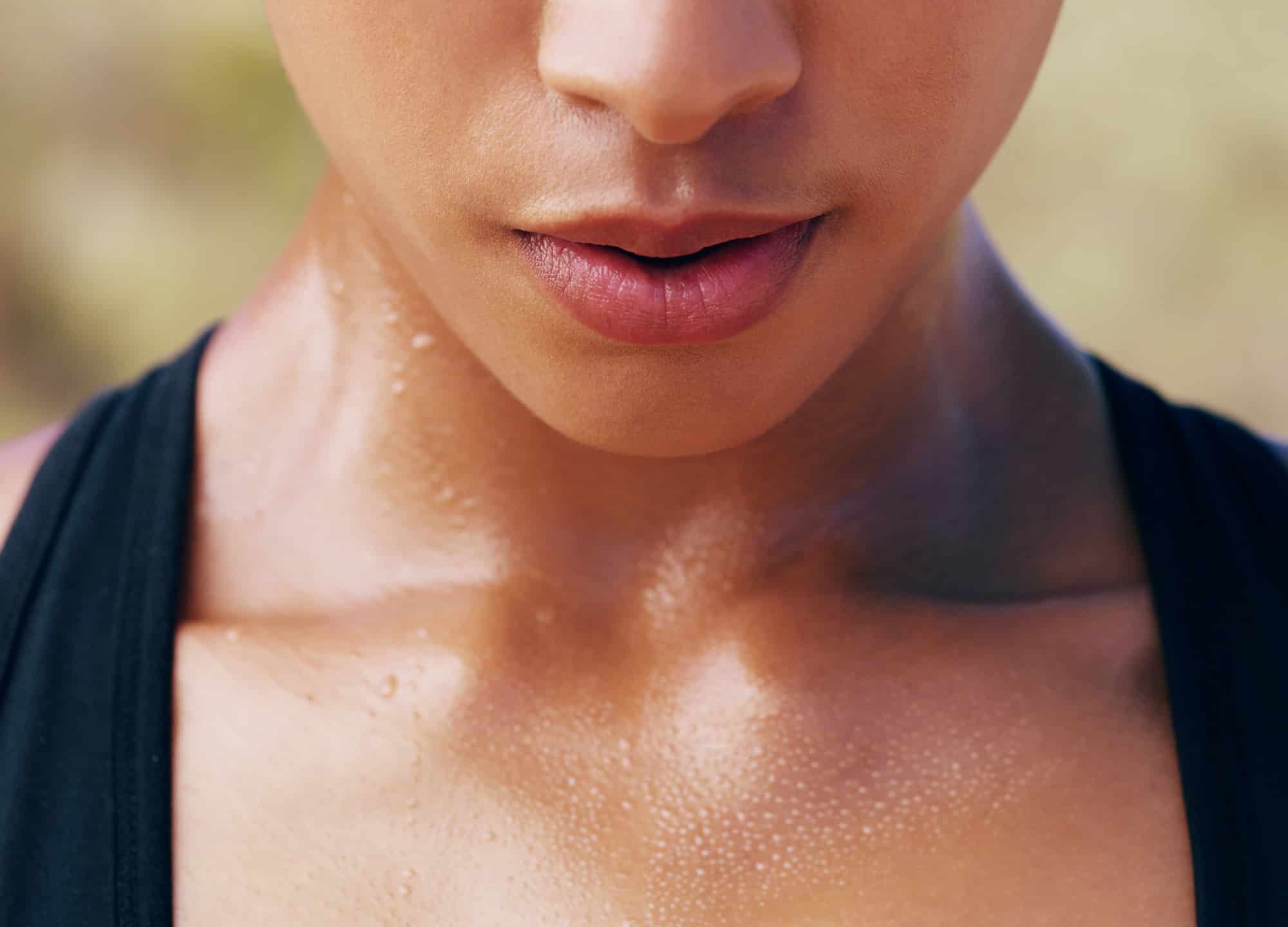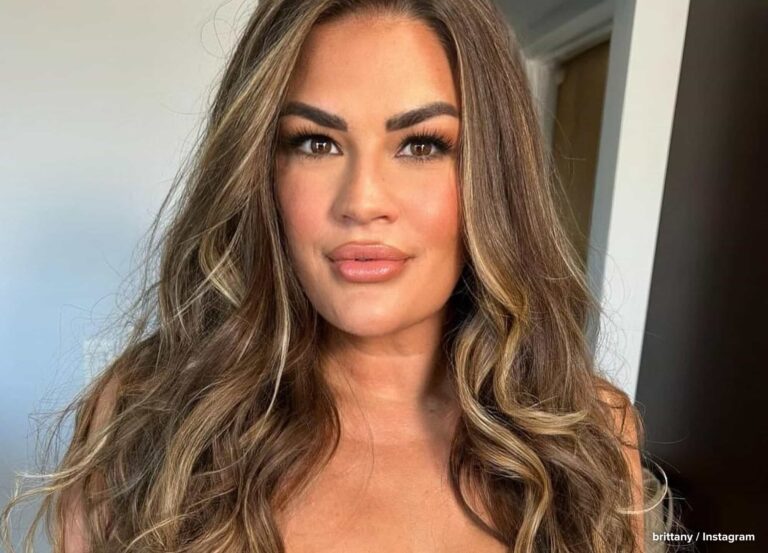I don’t think I’d ever once thought about the lymphatic system before last April, when I got my first round of truSculpt iD on my “banana rolls” (that’s code for “the fat pocket where the butt meets the thigh”). Did I learn about lymph and lymph nodes and lymphatic vessels in middle school? I must have, but clearly, I didn’t realize at the time how obsessed I would become with lymphatic drainage in my 30s, now having also truSculpt-ed my abdomen, love handles, and inner thighs.
Noninvasive body contouring devices, like truSculpt iD, WarmSculpting with SculpSure, and CoolSculpting, use radiofrequency, diode-laser energy, and cryolipolysis, respectively, to kill fat cells in the treated area. But you don’t walk out of the doctor’s office afterward looking thinner; your body now has to work to break down those destroyed cells and filter them through the lymphatic system, which sends them to the liver and kidneys to ultimately eliminate them through urine and bowel movements.
“The excretion of fat cells starts right away but can last as long as six months,” says New York City board-certified dermatologist Dr. Marnie Nussbaum. “You may see a significant change in three weeks, but the [results] will be maximal at three to six months.” The difference between a person who sees progress within a few weeks versus a person who has to wait a full season? The lymphatic system. The smoother things are running internally and the better your circulation, the quicker you will flush out the fluid buildup.
Here’s the fun part: you can “hack” your lymphatic system and get it to work harder and smarter for you. Since it doesn’t have a pump like the heart, your movement is directly responsible for helping the lymph fluid work its way through the arteries and tissues to clear bacteria, viruses, cancer cells, dead cells, and other toxins out—a form of manual lymphatic drainage. And by movement, I don’t mean you have to train for a marathon or anything (I wouldn’t need body contouring treatments if I loved working out)—it can be as simple as incorporating breathing techniques and gentle massage into your daily routine.
I asked three doctors well-versed in the latest fat-reduction devices on the market how to activate the lymphatic system to see results as soon as possible post-treatment.
Water
We roll our eyes when celebrities say their beauty secret is drinking water, but why? It’s probably the only thing on earth that’s free, painless, and actually effective. Experts agree that it’s the best thing you can do after a body contouring treatment to get the lymphatic drainage system moving, since more water leads to more frequent trips to the bathroom—which is how those fat cells get flushed out. Skip the detox teas, diuretics, and laxatives though. “They can disrupt your body’s hydration and electrolyte balance,” says Dr. Nussbaum. “They will not speed up the removal of fat cells, only cause dehydration.”
Related: Simple Things to Do Before and After Any Procedure for the Best Results
Diet
Sadly, there’s no shortcut to take in the diet department. According to New York City board-certified facial plastic surgeon Dr. Jennifer Levine, whole foods, low-fat proteins (i.e., chicken and fish), fruits and vegetables, and grains are your best bets, nutritionally, as well as avoiding processed foods and anything high in sugar or sodium (they tend to interfere with cellular function). But two foods that can jump-start the lymphatic system are citrus fruits, which are high in vitamin C and support the liver, and berries, whose antioxidants have been shown to help clear toxic accumulation.
Exercise and sweat
Obviously, exercise is important to increase and maintain fat reduction and improve general health, but it also supports the lymphatic system by raising your heart rate and increasing blood flow. “Anything that involves exercise and increases in blood flow will allow for a healthy movement of blood circulation, which leads to lymphatic drainage,” confirms Dr. Levine.
But here’s where it’s important to remember that correlation does not equal causation: just because increased blood flow causes your body to sweat does not mean that sweating is getting out the toxins. Your liver and kidneys are responsible for detoxification; your skin is not. That being said, going to a trendy sweat lodge, like Shape House in Los Angeles or New York City, which uses infrared beds and blankets to induce intense sweating, won’t hurt the process, since it raises your heart rate and gets the blood flowing.
Lymphatic massage therapy
“While the heart continuously pumps blood through the blood vessels, the lymphatic system relies on the movement of smooth muscles to transport fluid through the lymph vessels,” says Dr. Sapna Palep, a board-certified dermatologist in New York City. It’s why many people turn to a massage therapist for a lymphatic massage (like a deep tissue massage with gentle pressure) to release tension and inflammation from the muscles. Some turn to bodywork after breast cancer treatment, as the removal of lymph nodes under the arms during a mastectomy can lead to lymphedema. (Lymphedema is swelling in the arms or legs due to a buildup of lymph fluid.)
Though body massage has been proven effective in some cases of injury and for venous health conditions, there isn’t sufficient research on its effects on the lymphatic system post body contouring. Still, Dr. Nussbaum says that “lymphatic drainage massages can potentially increase blood flow circulation as well as lymphatic drainage,” but she notes that it’s important to keep light pressure. Too much pressure and you run the risk of tissue damage. Dr. Sapna offers a few at-home massage techniques (no massage table required) that can help the lymph flow. After you do manual lymph drainage, she adds, it’s vital to hydrate.
Chest
- Place your palm flat on the opposite side of the chest, slightly above the breast.
- Move your hand up the chest and over the collarbone.
- Continue up the neck until the skin covering the chest feels tight, then release.
Arms
- Beginning at the shoulder, use your palm to stretch the skin upward.
- Move down to the upper arm and stretch the skin up toward the shoulder.
- Continue down the arm, always moving the skin upward and stopping at the wrist.
Legs
- Start the massage at the top of the leg and work down toward the foot.
- Put one hand on the inside of the opposite thigh, near the groin, and place the other hand on the buttock.
- Gently stretch the skin by moving the hand on the inside of the thigh toward the outside of the thigh and up. Move the hands further down the leg and repeat the stretching movement, stopping when you get to the knee.
- Place one hand on the shin and the other hand on the back of the calf and gently stretch the skin upward. Continue this motion, working down toward the ankle and the top of the foot.
Fingers and toes
- Use your thumb and index finger to guide fluid from the base of the toes toward the foot and the base of the fingers toward the palm.
Related: CoolSculpting vs. Emsculpt: What’s The Difference?
Rolling
Rolling, using foam or wooden devices, is believed to encourage lymphatic drainage by stimulating fascia, the connective tissue that separates muscle from internal organs. Fascia also holds the lymph nodes, which act as the filters of the lymphatic system, blocking and eliminating bacteria, viruses, and cancerous cells from the body. Proponents of rolling claim it can reduce cellulite, slim the body by reducing fat and speeding up metabolism, firm skin, and ease muscle soreness. Anecdotal evidence of its many benefits abounds, but only the latter point has enough legitimate research backing it up. (Doctors love research; those interviewed for this story weren’t convinced of a connection between rolling and quicker lymphatic drainage.)
It is, however, a wellness trend that’s picking up speed. At the recently opened Body Roll Studio in New York City, wooden roller machines (with adjustable speed settings) and built-in infrared lamps (to reduce inflammation) massage each part of the body in upward strokes for three minutes—from the feet up to the shoulders—for a total session time of 45 minutes. It feels really relaxing, even when it’s uncomfortable (the arms were the hardest for me during the session; my inner thighs were the most sore for a few days after). Leaving the studio, I felt immediately less bloated and tense, and the cellulite under my butt did look less noticeable for a day. I have no proof that my lymphatic system is any better now at doing its job, but I’m a convert to the practice.
Breathing
“Deep breathing acts like a pump that helps move fluid through the vessels and lymph nodes,” says Dr. Palep. All you have to do, she says, is place both hands on your stomach and inhale through your nose, expanding your stomach while keeping your shoulders still, then exhale. Since many lymph nodes are located in your neck, you can stimulate those through three sets of moves.
Front of neck
- Place the index and middle fingers of each hand on either side of the neck, slightly above the collarbone.
- Stretch the skin by gently sliding the fingers inward, toward the middle of the collarbone.
Side of neck
- Place the palm of each hand on either side of the neck, below the ears.
- Slowly move both hands down and back.
Back of neck
- Place your palms on the back of your neck, near the hairline.
- Gently slide hands together down the neck, toward the spine.











